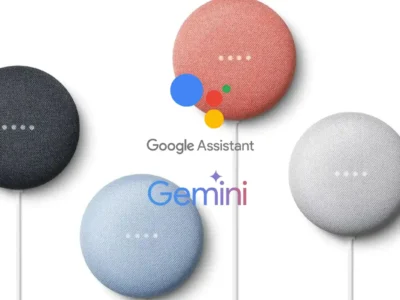Apple has quietly integrated a game-changing technology into its latest MacBooks, iPads, and iMacs: the Thread radio. This hidden feature promises to revolutionize smart home integration for Apple users, enhancing connectivity and performance in ways previously unimagined.
Unveiling the Thread Radio
In its latest hardware releases, Apple incorporated Thread radio technology. This integration was not highlighted during product announcements, surprising tech enthusiasts and industry experts. The inclusion of Thread radio indicates Apple’s strategic move to fortify its position in the smart home market.
Enhancing Smart Home Connectivity
Thread radio operates as a low-power, secure, and reliable networking protocol, enabling smart home devices to communicate seamlessly. Unlike traditional Wi-Fi and Bluetooth, Thread handles the unique demands of smart home ecosystems. Consequently, it provides enhanced stability and reduced latency. By incorporating Thread radio, Apple ensures its products connect effortlessly with other Thread-enabled devices, creating a more cohesive and efficient environment.
Benefits for Apple Users
Thread radio creates a self-healing mesh network. If one device fails, the data automatically reroutes through another device, ensuring uninterrupted connectivity. For Apple users, this translates to a more robust and resilient smart home setup. Moreover, Thread radio’s low-power consumption makes it ideal for battery-operated devices, prolonging their lifespan and reducing the need for frequent recharges.
Integration with Apple’s Ecosystem
Apple’s ecosystem is known for seamless integration across devices. Thread radio strengthens this integration, allowing Macs, iPads, and iMacs to serve as central hubs for smart home control. With the Home app, users manage their Thread-enabled devices directly from their Apple devices. This streamlines the user experience and offers unparalleled convenience.
Implications for the Smart Home Market
Apple’s adoption of Thread radio will have far-reaching implications for the smart home market. As one of the leading tech giants, Apple’s endorsement of Thread technology is expected to drive its adoption among other manufacturers. As a result, this could lead to a more standardized and interoperable smart home ecosystem, benefiting consumers by providing them with a wider range of compatible devices.
Enhanced Security and Privacy
Security and privacy are paramount concerns for smart home users, and Thread radio addresses these issues effectively. The protocol employs advanced encryption standards, ensuring data transmitted between devices remains secure. Furthermore, Thread’s architecture minimizes the need for cloud-based communication, reducing the risk of data breaches and enhancing user privacy. Apple users can enjoy peace of mind knowing their smart home networks are protected by robust security measures.
Future Prospects and Innovations
The integration of Thread radio in Apple’s devices opens up exciting possibilities for innovation. Developers can leverage this technology to create new and improved smart home applications, enhancing functionality and user experience. For instance, the potential for advanced automation and energy management systems is significant. This allows users to optimize their smart home setups for greater efficiency and sustainability.
User Experience and Compatibility
Apple’s commitment to user experience is evident in its seamless integration of Thread radio. The technology is designed to work flawlessly with existing Apple devices, ensuring users do not encounter compatibility issues. Additionally, Thread-enabled devices from other manufacturers can be easily incorporated into the Apple ecosystem. This provides users with a versatile and adaptable smart home environment.
Conclusion
Apple’s secret inclusion of Thread radio in its new Macs, iPads, and iMacs marks a significant step forward in smart home integration. This innovative technology enhances connectivity, security, and user experience, positioning Apple as a leader in the smart home market. As more manufacturers adopt Thread technology, the future of smart home ecosystems looks increasingly interconnected and efficient.













Comments